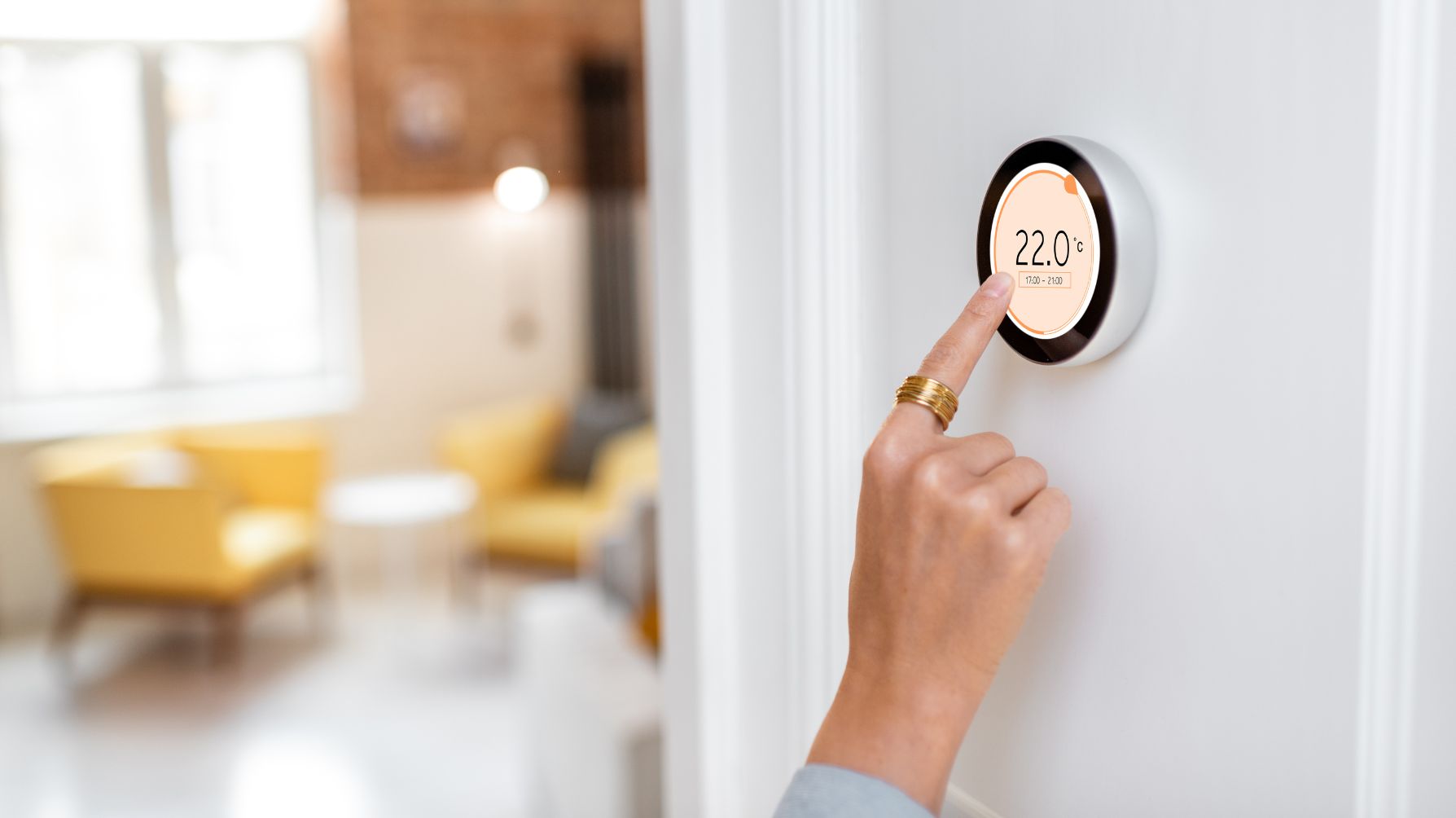

The Normal House Temperature: What’s Too Hot, Too Cold, and Just Normal?
- 6. 5. 2025 03:30
A cozy home is a happy home. But what exactly is the normal house temperature for comfort, health, and energy efficiency?
Turns out, the right indoor temperature depends on a few key factors—who’s living there, what season it is, and how your home is built. Let’s break it down.

What Is the Normal House Temperature?
The normal house temperature typically falls between 68 and 72 degrees Fahrenheit (20 to 22 degrees Celsius). This range is considered comfortable for most people, balancing warmth and coolness without cranking up energy bills.
But normal doesn’t mean one-size-fits-all. Babies, pets, and even different seasons all play a role in determining the ideal thermostat setting.
Best Indoor Temperature for Babies
| Environment | Recommended Temperature |
|---|---|
| General nursery temperature | 64–72°F (18–22°C) |
| Summer baby room temp | ~70°F (21°C) |
| Rooms for infants under 6 months | At least 59°F (15°C) |
Newborns and infants can’t regulate body temperature as well as adults. That’s why their sleeping environment should be carefully maintained. A room that’s too hot increases the risk of overheating, while a chilly room can disrupt sleep.
For extra peace of mind, a baby monitor with temperature alerts can help you ensure your little one’s comfort at all times.
Best Indoor Temperature for Pets
| Pet Type | Ideal Temperature Range |
|---|---|
| Short-haired dogs | 78–80°F (25.5–26.8°C) |
| Most dogs in winter | 68–72°F (20–22.2°C) |
| Cats | 70–88°F (21–31°C) |
Dogs and cats handle temperatures differently. Furry felines love warmth, while certain dog breeds, especially short-haired ones, prefer cozier conditions. If your pet stays home alone, consider a pet camera to monitor your pet’s comfort while you’re away.
The Best Home Temperature by Season
Summer
The U.S. Department of Energy recommends keeping the thermostat at 78°F (25.5°C) to stay cool without overloading your AC.
Use ceiling fans, blackout curtains, and energy-efficient windows to help maintain a pleasant indoor climate.
Winter
The ideal setting for winter is 68°F (18°C), according to the World Health Organization.
If that feels too cold, layering clothes and using warm blankets can help while keeping heating costs down.
How Home Design Affects Temperature
The normal house temperature isn’t just about what the thermostat says—it’s also about how well your home retains heat or cool air.
In this section we will look at the most important factors that affect room temperature:
- Ventilation is essential as it contributes to efficient cooling in hot summers.
- Weather sealing prevents unwanted heat loss in winter.
- Windows affect the room temperature and the geometry of the building due to the shading effect.
- Vaulted and high ceilings bring a cooling effect in summer but put a strain on the heating system of the house in winter.
- Leaky or improperly sized air ducts or ductwork also negatively affect room temperature.
- Poorly insulated rooms have a negative effect on room temperature and heating bills. Insulation materials must be strong enough to keep out cold air in summer and heat in winter.
- The orientation of the house relative to the sun affects the room temperature. Allow for variations in room temperature depending on the movement of the sun during the day.
Do Smart Thermostats Save Money?
Yes! Smart thermostats can cut heating and cooling costs by up to 8%, according to the EPA. They adjust automatically based on your schedule, so you’re not wasting energy when no one’s home.
Should You Turn Off the Thermostat When You Leave?
Not entirely. While lowering the temperature helps save energy, turning it off completely can lead to mold or excessive humidity. Instead:
- In summer, set it a few degrees higher when away.
- In winter, lower it slightly but keep it above 60°F (16°C) to avoid freezing pipes.

FAQ: Normal House Temperature
No, 23 degrees Celsius (73.4°F) is generally not too hot for a house—it’s within a comfortable range for most people. However, some may find it warm, especially for sleeping, and prefer a slightly cooler temperature.
Yes, 20 degrees Celsius (68°F) is generally warm enough for a house and is considered a comfortable indoor temperature for most people. However, some may prefer a slightly warmer setting, especially in winter.
18°C (64.4°F) is on the cooler side but still considered acceptable for most people. However, it may feel too cold for babies, elderly individuals, or those who prefer a warmer environment.
24°C (75.2°F) is slightly warm but not necessarily too hot for a house. Some people find it comfortable, while others may prefer a cooler setting, especially for sleeping.
Final Thoughts
While the normal house temperature hovers between 68 and 72°F, the perfect setting depends on who’s at home and what season it is.
The overall construction of the house, including insulation and orientation, significantly affects the ambient temperature in the room.
Installing smart thermostats is a logical solution for convenient control, but building modifications and changes have a greater impact on how warm or cold the house is.
- 6. 5. 2025 03:30



